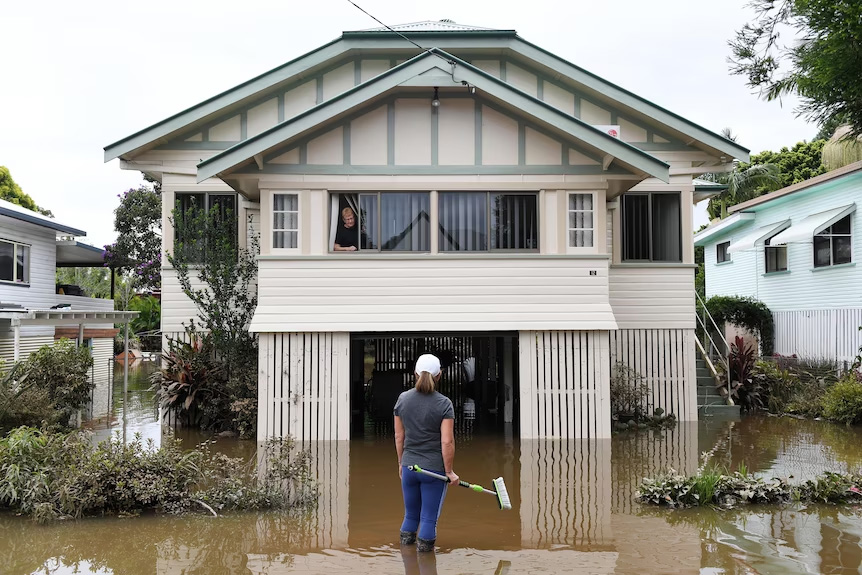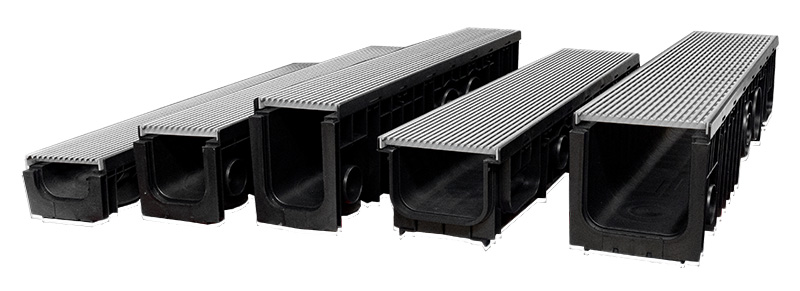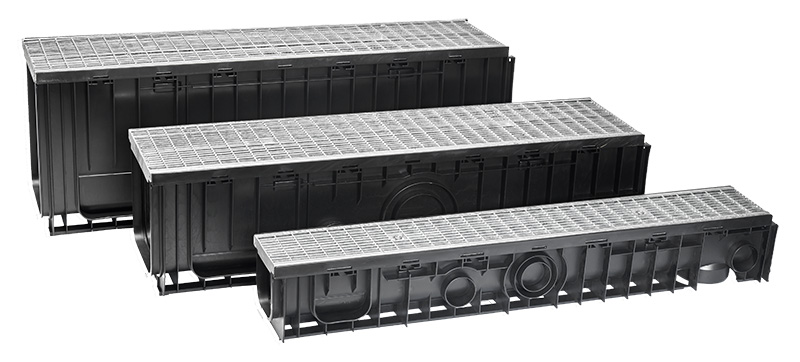Floods have been on the rise, with the 2022 rainfall being 26% above the national average from 1961-1990, leading to significant flood events in the eastern states throughout the year. The Intergovernmental Panel on Climate Change’s (IPCC) latest assessment report highlights the trend of these extreme weather events to intensify in frequency. Its important to consider how your drainage will fare against extreme weather and flooding.
Storm & Flood Damage
Heavy storms can inundate your drainage systems, causing damage or blockages that prevent water from flowing effectively. Common storm damage includes debris blockage, erosion or collapsed/damaged pipes from heavy debris. The most obvious sign there is damage to your drainage is pooling water. This is a common cause of localised flooding, and is important to act as soon as possible to repair your drainage system to prevent further damage.
Damaged Drainage Safety
Flood waters are often filled with bacteria, sewage and other rubbish that can cause sickness or injuries, making it important to consider safety measures to protect yourself before undertaking any repair work on your property or drainage system.
Wear enclosed shoes or boots, gloves and thoroughly inspect the area for dangerous debris or electrification before entering any standing water.
Assessing Damage
Start with a visual inspection of all gutters, downpipes, risers, grates, trenches or pits. Look for obstructions or obvious damage, both on the surface and internally. Take clear photos of any damage, as you may be able to claim them on your insurance. If you are unable to find any damage, the issue may be beyond your property.

Clearing Debris/Blockages
After your inspection, and if it is safe to do so, you can start clearing debris. Clean out leaves, dirt and rubbish from your gutters, drains and pits. Dispose of this responsibly in your general or green waste bin.
A leaf rake or broom can be used to clean off the surface of your drainage grates. Use gloves to scrape out your gutters. Basic cleaning can help improve water flow if the issue is surface level. Remove grates if you notice debris or blockages inside channels. Hose out gutters, downpipes and drains to wash away any remaining debris and to check water flow and drainage effectiveness.
Repairing Damaged Drainage Systems
If cleaning restores proper water flow, and there is no obvious damage – its likely your drainage has withstood the weather. If not, it’s recommended that you get them professionally inspected, repaired or replaced. Contact a drain specialist or local plumber to inspect the area. They will be able to advise on whether the drainage needs to be repaired or replaced. This depends on the extent of damage the drainage has, sometimes can be more cost-effective to replace the system rather than attempting a repair.
Futureproofing Drainage Systems
Take some time to futureproof your property for future events such as flooding, storms or cyclones. If your current system was insufficient for previous storms, you may need to add extra drains, pits or downpipes. SABdrain has a range of drainage systems, sizes from 100mm x 50mm to 500mm x 500mm. Chose from economical polypropylene grates to architectural stainless steel or heavy duty cast iron.

